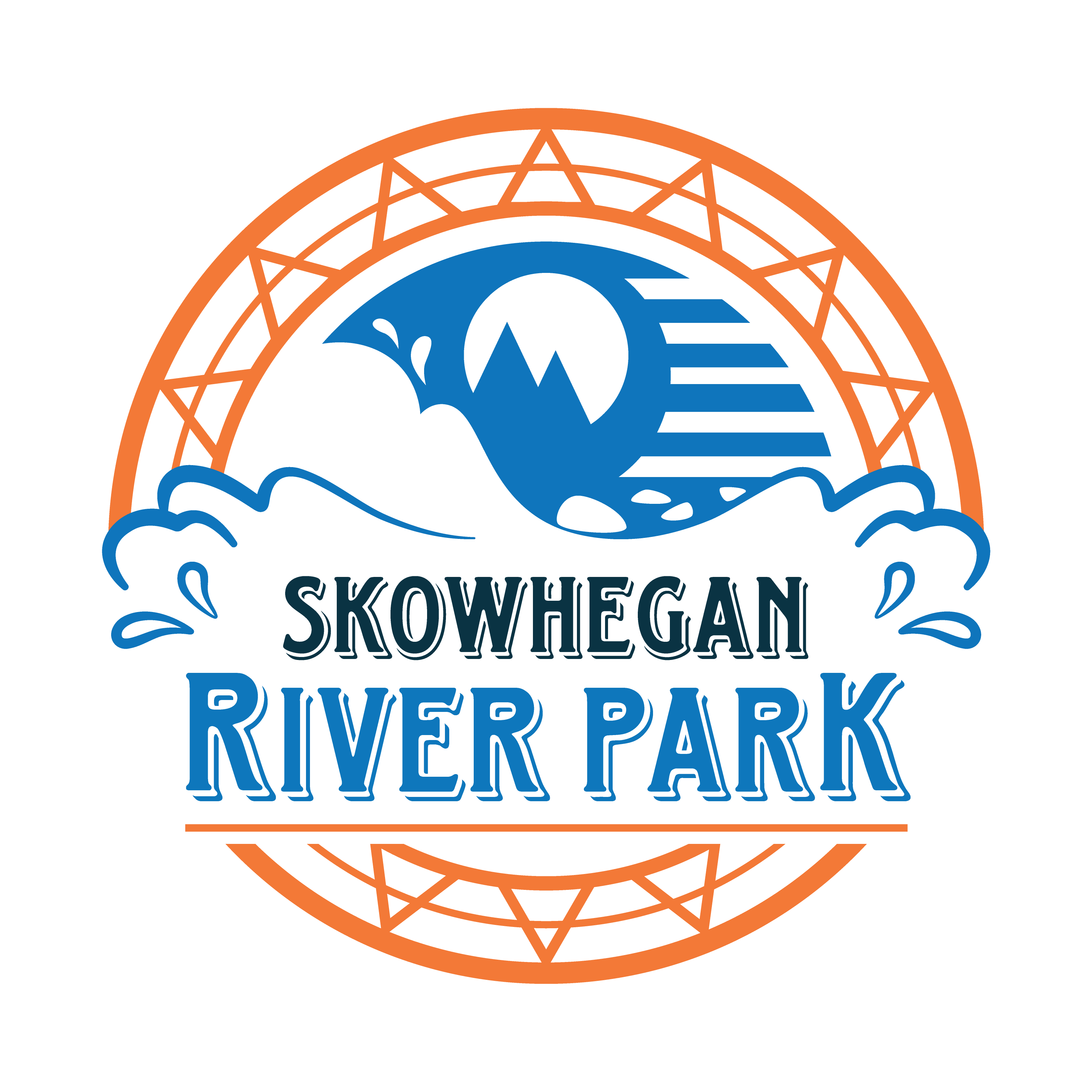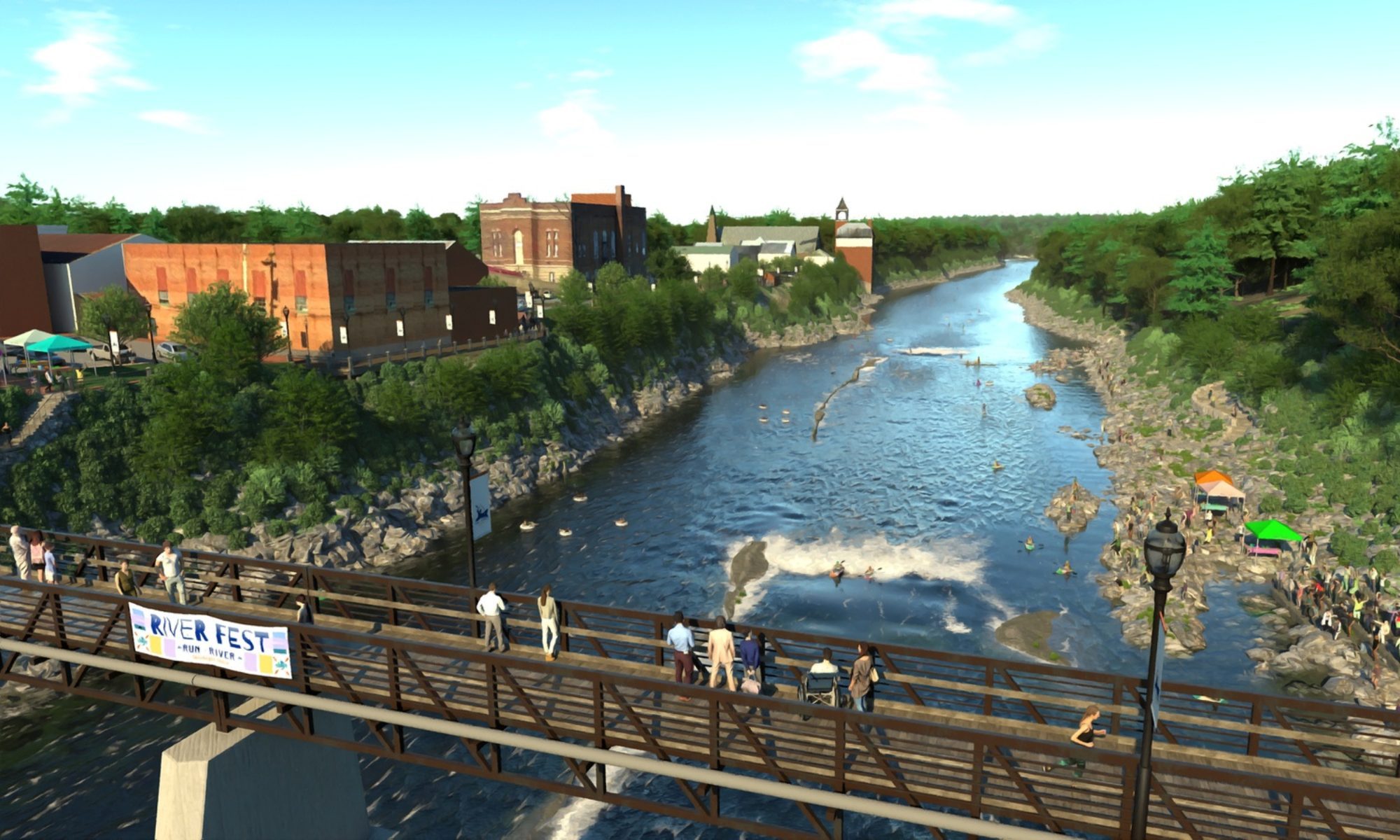Questions about the Skowhegan River Park’s logistics, costs, and benefits often circulate through our community. Much of the information is buried in other project information that can be hard to read through. In an effort to be more transparent with our community, we’re launching a three-part blog series covering TIF money, tourism economics, and long-term park sustainability. Let’s start with the most common question: what are taxpayers contributing to this project?

The price tag for phase one of the Skowhegan River Park, a Town of Skowhegan project, is often a hard pill to swallow for residents–and for a good reason: $7.8 million is a lot of money. It’s also hard for many residents to imagine how they will benefit from that expense. From recreational assets, expanded job opportunities, less out-migration of youth, and increased tax revenue, the Skowhegan River Park will be a tide that lifts all boats–but more on that in part two (coming soon).
So where is this 7.8 million coming from, and who’s paying it?
As the project lead, Main Street Skowhegan is in charge of fundraising and has secured funding from private donors, state and federal outdoor and economic recovery grants, and charitable foundations. The project has also received Town of Skowhegan Sappi TIF (Tax Incremental Fund) money, and there is a $1 million TIF pledge earmarked for future park construction.
Many residents are unsure about how a business or organization can utilize the TIF and are concerned about the allocation of taxpayer dollars to this project. It’s important to clarify that while the TIF involves using taxpayer funds for the river park, these funds are not obtained through increased tax rates aimed at growing the TIF or river park use specifically. The Town of Skowhegan has two TIFs, the Downtown TIF and the Sappi TIF. They both work the same way, except the only contributor to the Sappi TIF is, Sappi. Let’s dive in on how a TIF works; how it’s funded and used.
Imagine you live in an area that’s not doing so well. The buildings might be old, businesses might not be thriving, and the place could look more appealing. The town wants to make things better, but they need money to do it, this is where a Municipal TIF (Tax Incremental Fund) comes in.
Think of the TIF as a special money jar that the city creates for that specific situation. When the city decides to improve the area, they invest money to build new things like parks, beautification, and/or better buildings.
Property values tend to go up as the new stuff is built and the neighborhood improves. This means that the buildings and land in the neighborhood become more valuable, and the property taxes collected from those places also increase.
Here’s the key part: Instead of using all of that extra property tax money for regular city expenses, like schools or police, the city puts a portion of it into the TIF money jar. This extra money is called the “increment.” So, the neighborhood’s progress is helping to fill up this jar.
We know taxpayers contribute to the TIF, but which ones exactly? Only properties in the designated TIF district and benefit from TIF projects contribute. TIF is taxpayer money, but it’s not collected from all taxpayers. And with the the Sappi TIF specifically, only Sappi money is collected. You can see a map of Skowhegan’s TIF district here.
Why and how do businesses and organizations get TIF funding? The answer is actually very simple: anyone in the TIF district can apply. TIF money is meant to support any project that will make the area even better.
When you apply for TIF money, you’re asking the city to use some of that extra money to help with your project but uou have to show the city how your project will improve the neighborhood – maybe by creating jobs, making it look nicer, or bringing in more businesses. If the city thinks your project will help, they can agree to award you TIF money.
It’s kind of like getting a special boost for your project. The TIF money can be used to help pay for things like building a new attraction, putting in better streetlights, or fixing up buildings. If your project gets approved, you can use this extra TIF money to make your big idea happen and make the neighborhood better at the same time!
The Skowhegan River Park has proven its potential to increase the quality of life and local economy (read more in our second blog post coming out soon), qualifying it to receive Sappi TIF money intended for the betterment of the community.
If you have any questions about park funding, we invite you to review the many reports and studies we have published.

